Soaring Crime and Costs Lead to Closure of America’s Classic Diner
Denny’s isn’t just a diner — it’s an American staple.
Yet, recently, the beloved chain closed 15 more locations. Rising costs and fewer sales have forced Denny’s to downsize significantly, adding to the 57 locations closed last year and 60 in 2022. It’s a tough time for the iconic diner.
Fewer Americans Eating Out
It’s getting tougher out there. With prices going up for the last two years, fewer people are eating out.
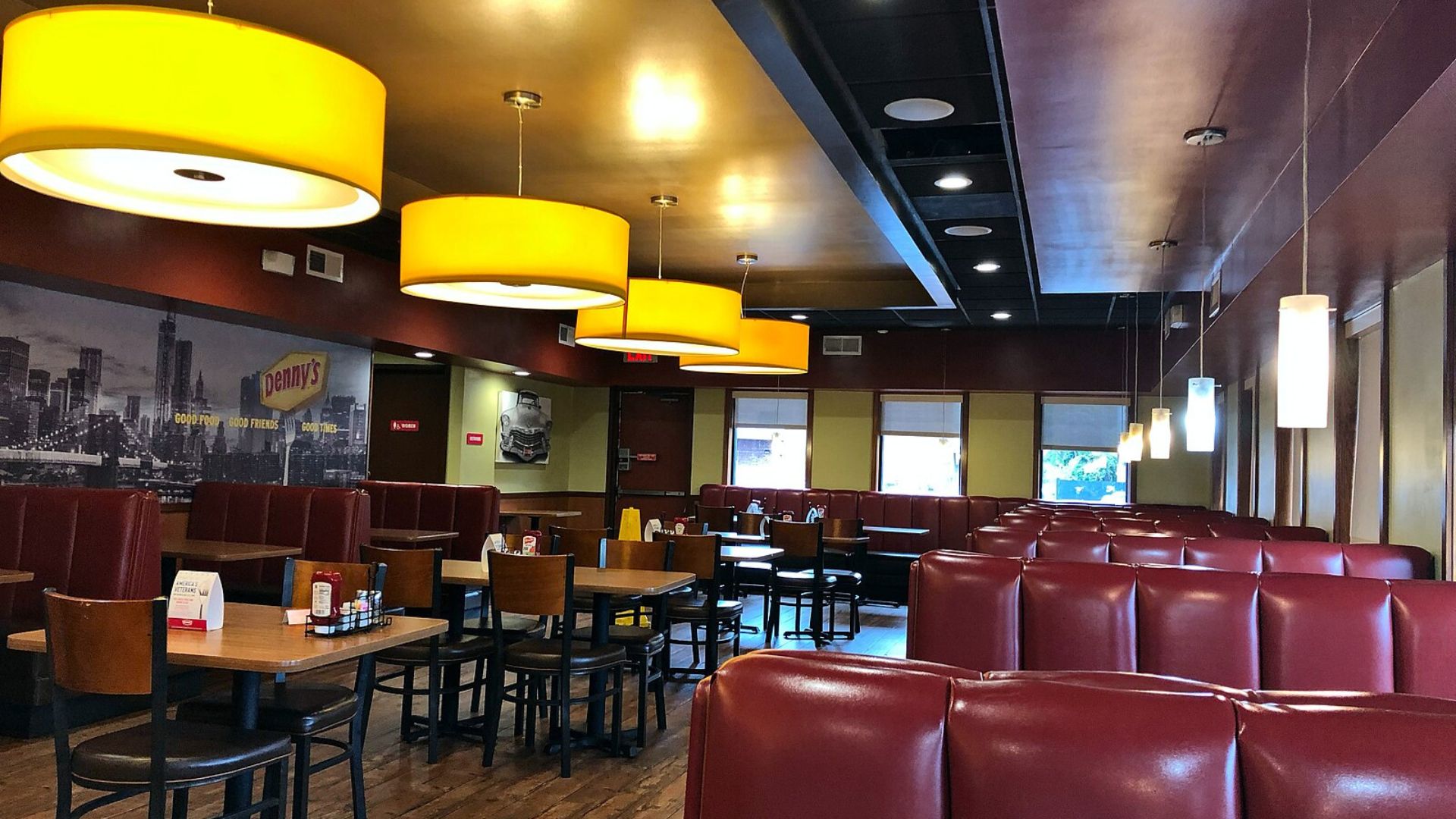
Source: Wikimedia Commons
This trend has hit Denny’s hard, resulting in a noticeable drop in customers. As wallets tighten, the familiar sight of families at diner tables is becoming less common.
A Community Cornerstone Closes in Pennsylvania
June 19 was a sad day for Langthorne, Pennsylvania, as the town said goodbye to its last Denny’s.

Source: Denny’s/Facebook
This diner was more than a place to eat — it was a community hub for countless local stories and gatherings, now closed for good.
The Last in a County
San Francisco is not the only place that Denny’s has left completely.
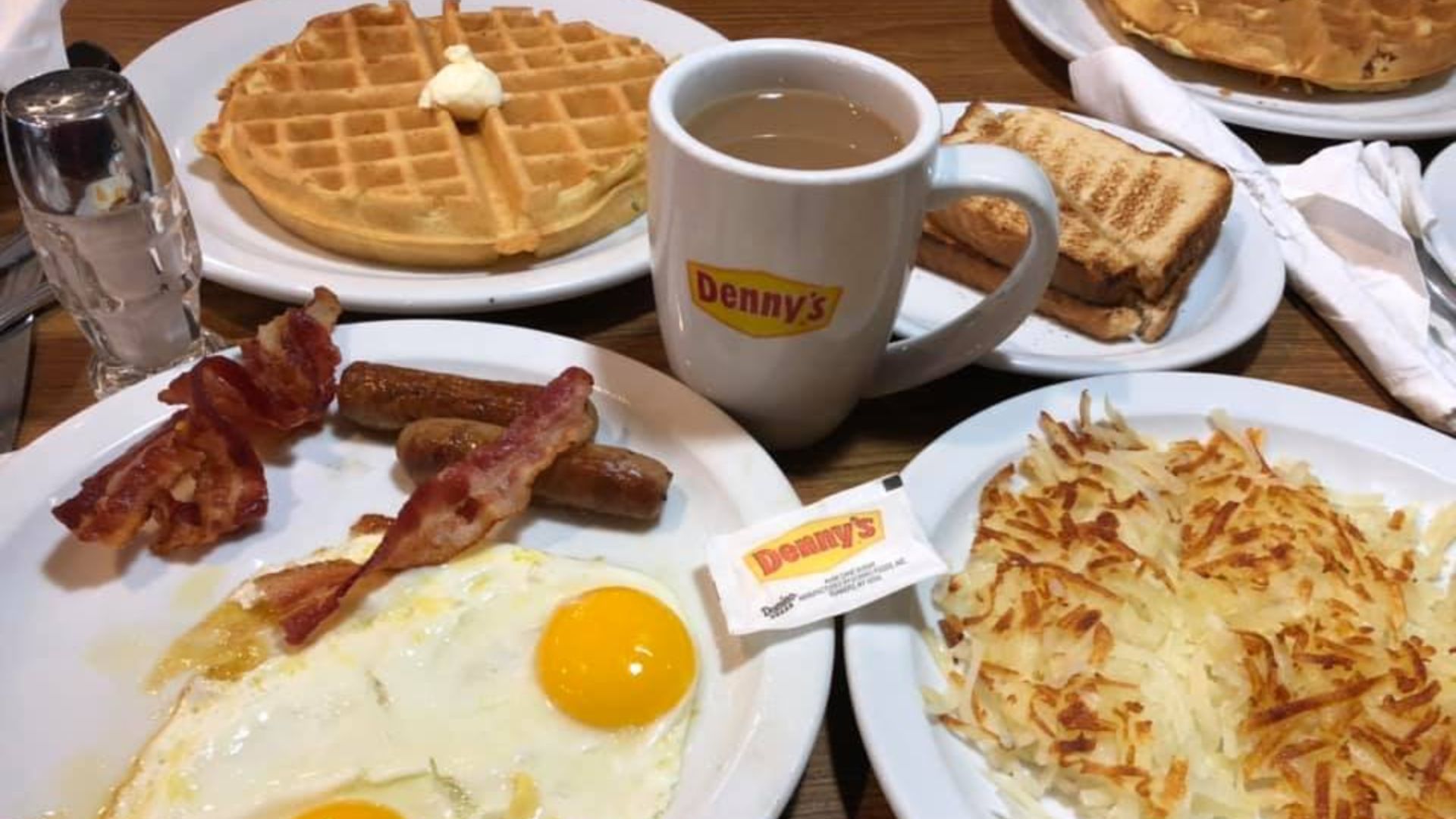
Source: The Real Ferny Duran/Facebook
After 45 years, the Langhorne Denny’s closed its doors. This branch was the last diner in Bucks County, Pennsylvania. Now if people in Bucks County want to dine at Denny’s, they have to travel out to Lehigh Valley, Delaware County or even New Jersey.
Ohio Feels the Impact Too
Another Denny’s restaurant, located in Ashland, Ohio, was also closed last month.
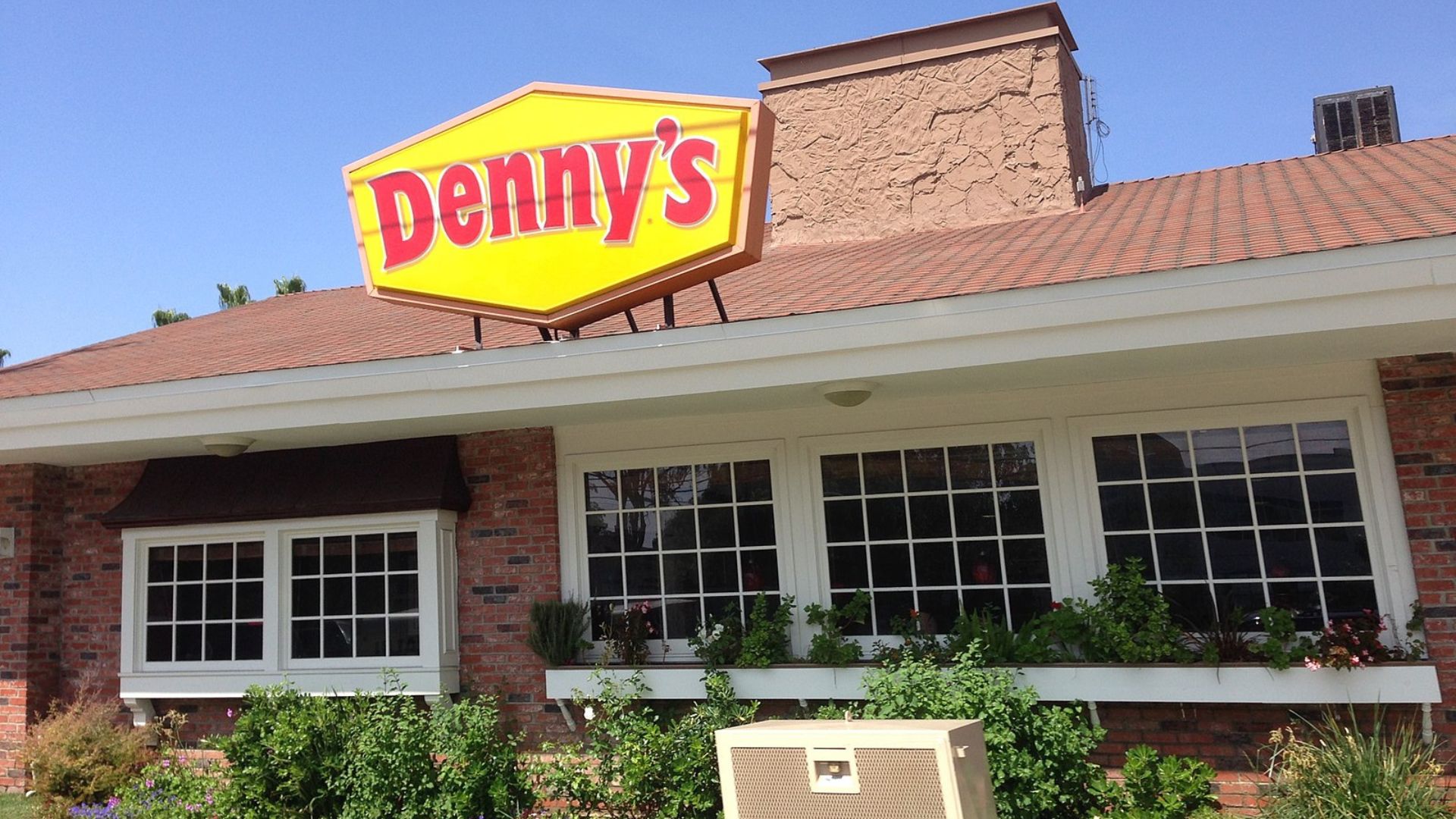
Source: Wikimedia Commons
This follows the pattern of closures that has been affecting the diner chain, reflecting broader challenges within the restaurant industry that are leading to such difficult decisions.
Denny's Abandons California City
While other states have seen one or two Denny’s closures, a major California city has lost its last diner with the franchise.

Source: Josh Hild/Unsplash
As of this month, the last Denny’s diner has closed in San Francisco. The diner was forced to close after 25 years of operating in the city’s Union Square district as a 24-hour restaurant.
Blaming the Customers
Chris Haque, the operator of the Denny’s, told the San Francisco Gate that the diner “operated until the last day that we could.”
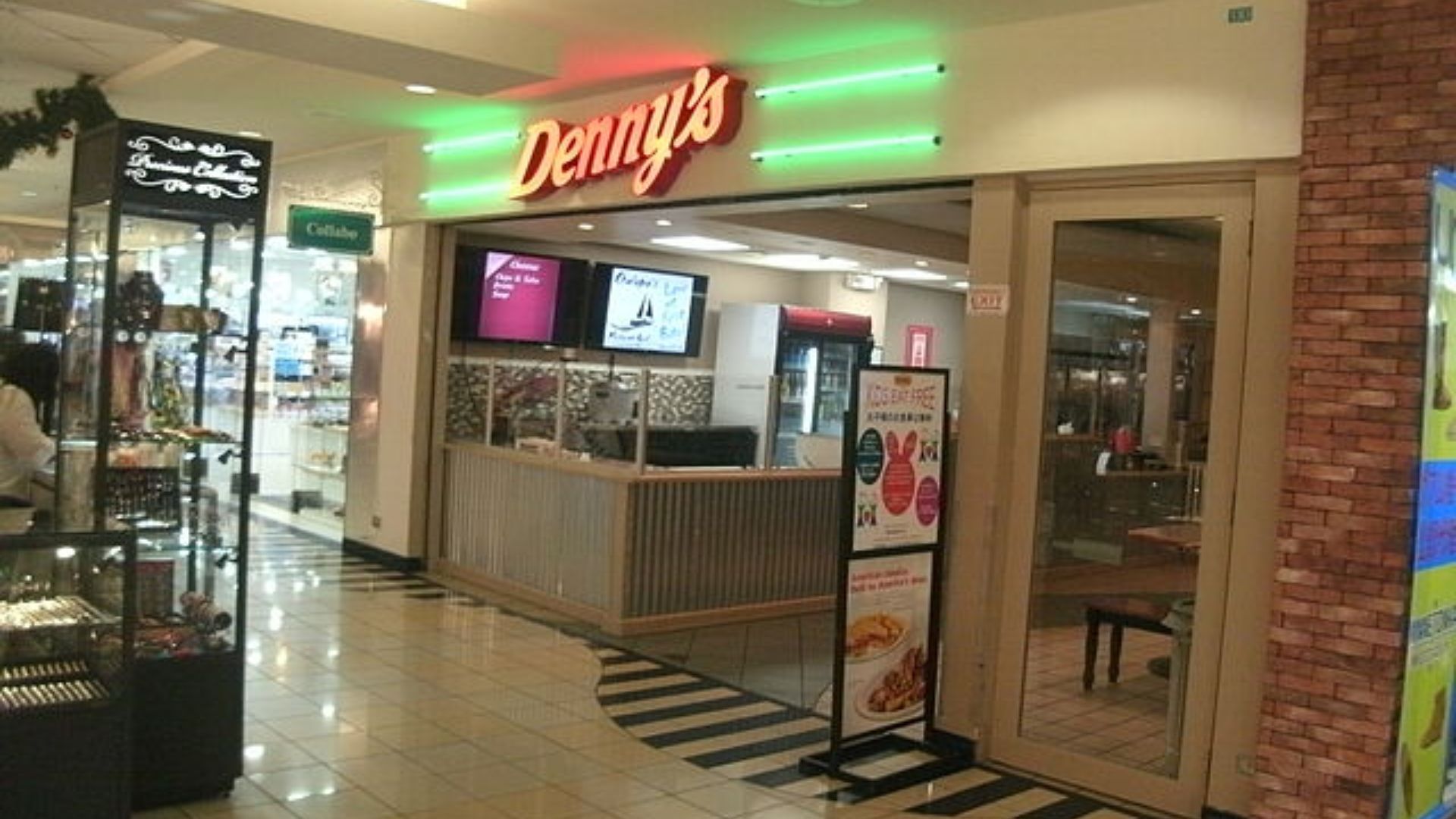
Source: Akinori Takemoto/Wikimedia Commons
Haque said the reason for the restaurant’s closure was crime. This San Francisco location was reportedly a hotspot for “dining and dashing,” where customers leave without paying the bill.
Struggles to Break Even
With the high costs of running a franchise, Haque said crime incurred even more costs on the business.

Source: Andreas Praefcke/Wikimedia Commons
“The cost of doing business is tremendous. There’s vandalism, and people come and eat and walk away, and there’s no one to stop them. It’s a beautiful city — we love it, we have been there so many years. But I think [city officials] should make it more business-friendly,” said Haque.
Declining Sales Despite Price Hikes
Despite nudging prices up, Denny’s has seen a 0.6% drop in same-store sales from last year.
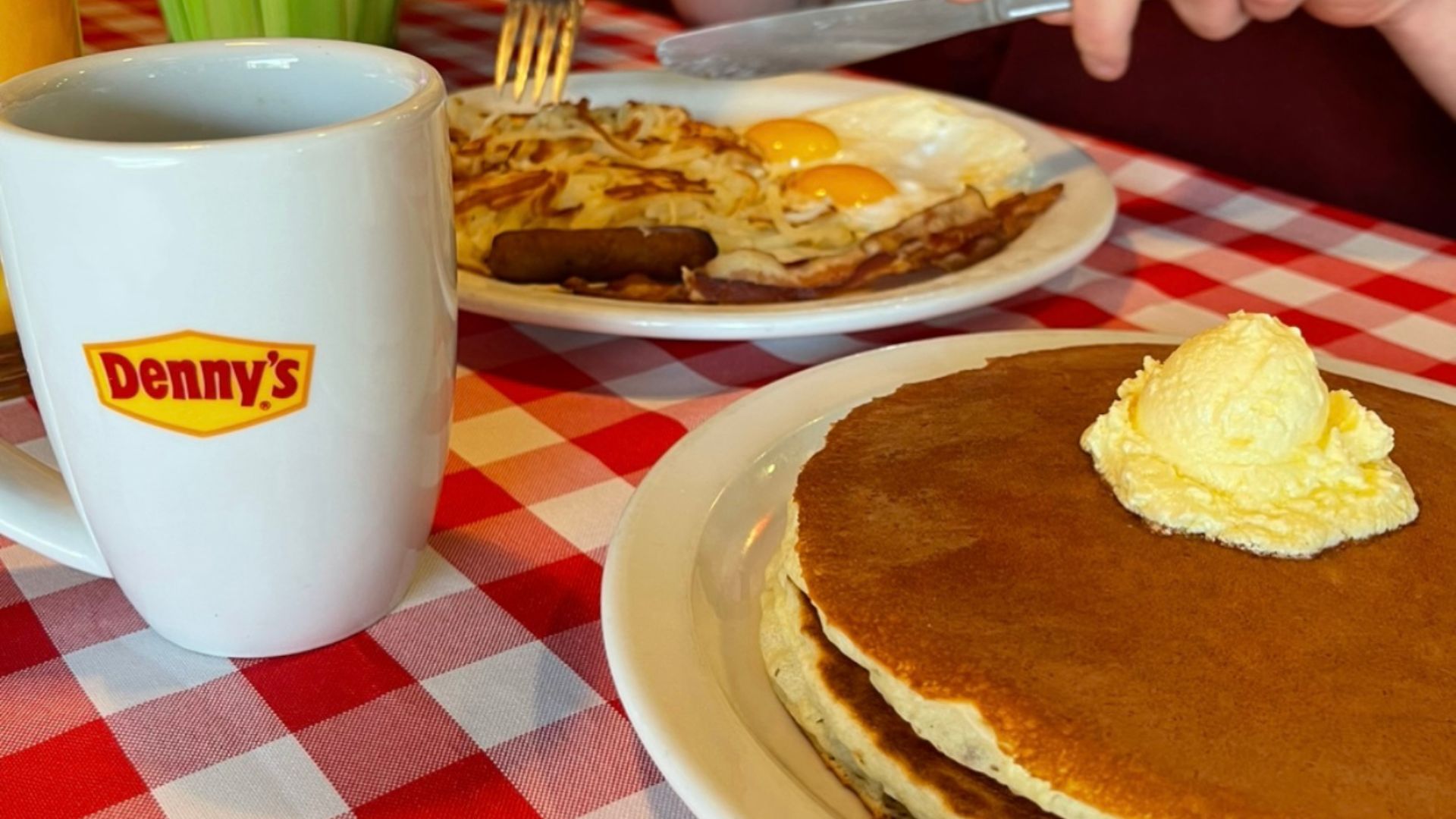
Source: Denny’s/Facebook
It’s a clear sign: fewer people are walking through the doors, and it’s hitting the bottom line hard.
Inflation Strikes
Robert Verostek, Denny’s CFO, explained in a February talk with investors that inflation was a major factor.
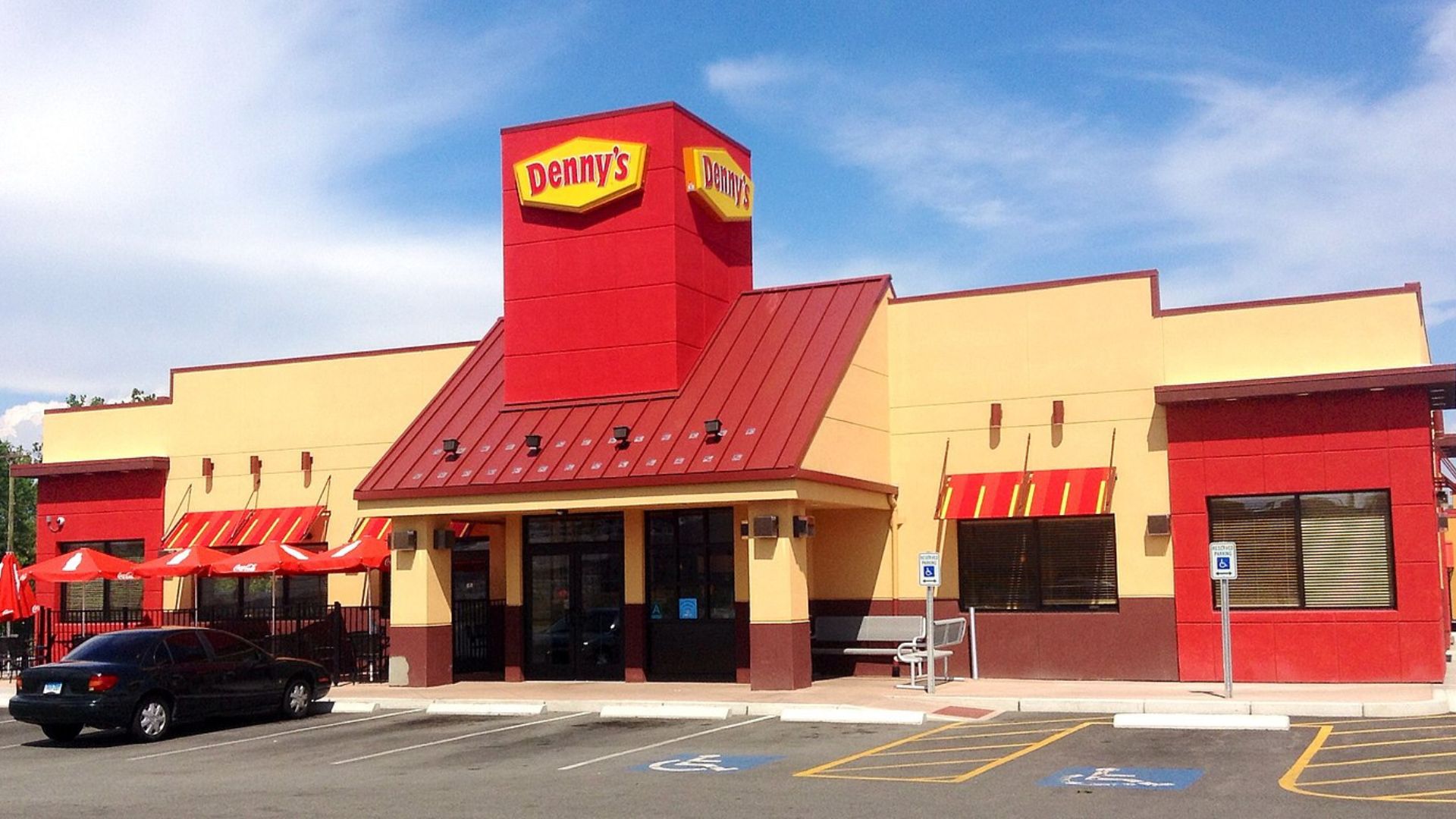
Source: Wikimedia Commons
The financial squeeze isn’t just numbers on a page — it’s fewer open diners and lost jobs.
Revenue Down
According to Denny’s report for the first quarter of this year, revenue has gone down.
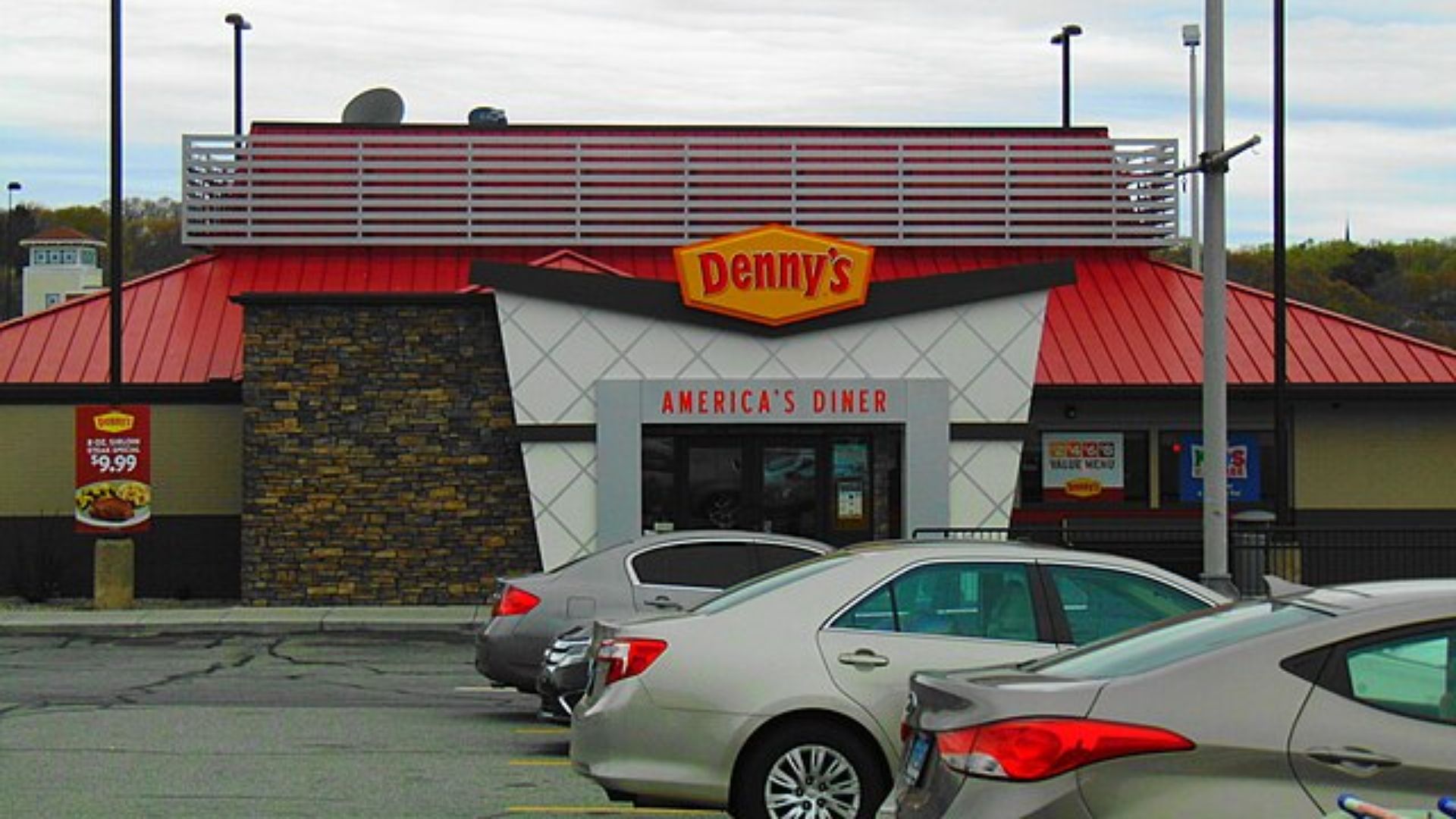
Source: JJBers/Wikimedia Commons
The franchise’s total operating revenue was $110 million between January and March. This sum is down from $117.5 million in the same quarter of last year. In the same period last year, Denny’s opened five new restaurants.
Higher Costs, Higher Stakes
Keeping a Denny’s open now costs more — $1.2 million up from $1 million.
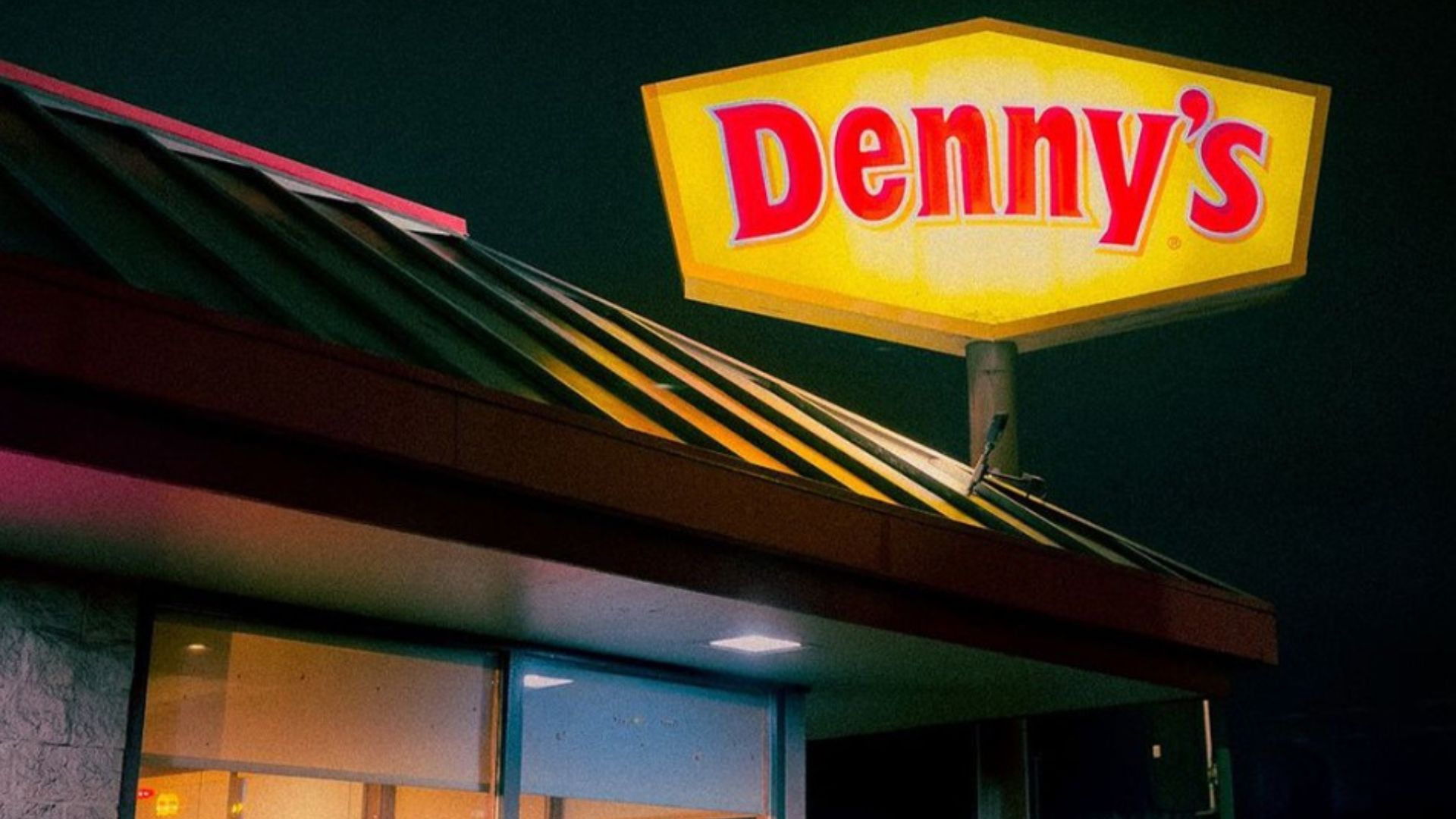
Source: Denny’s/Facebook
It’s a steep climb caused by rising food and labor costs. Every penny counts more than ever, as Verostek explained to investors.
Hit the Hardest in California
Restaurant chains have suffered the most in California.

Source: Drei Kubik/Unsplash
Since the new minimum wage for fast-food workers jumped to $20 per hour in April, labor costs have skyrocketed. Much like other restaurants, Denny’s has upped their prices to match expenses, which has led to a fall in the number of customers. Along with price hikes, many fast-food workers have consequently been let go.
Denny’s Bets on Value Menu
With a plan to win back customers, Denny’s is bringing back its $2-$4-$6-$8 value menu this summer.

Source: Denny’s/Facebook
It’s a hopeful strategy aimed at making dining out affordable again.
CEO Believes in the Comeback
“This was a value platform unique to Denny’s that launched years ago to amazing results, and it’s a unique equity only we have,” CEO Kelli Valade shared with investors.

Source: Wikimedia Commons
It’s this unique appeal they’re banking on to turn the tide and draw diners back in.
Rethinking and Revamping
“We’re thrilled to bring back this consumer-friendly, traffic-driving platform based on extensive testing and reengineering,” Valade elaborated.

Source: Wikimedia Commons
It’s not just about bringing back old favorites. It’s about adapting them to fit today’s diner’s needs and expectations.
Other Chains Are Shutting Locations
Other restaurant chains have closed their doors due to high costs and low customer numbers.
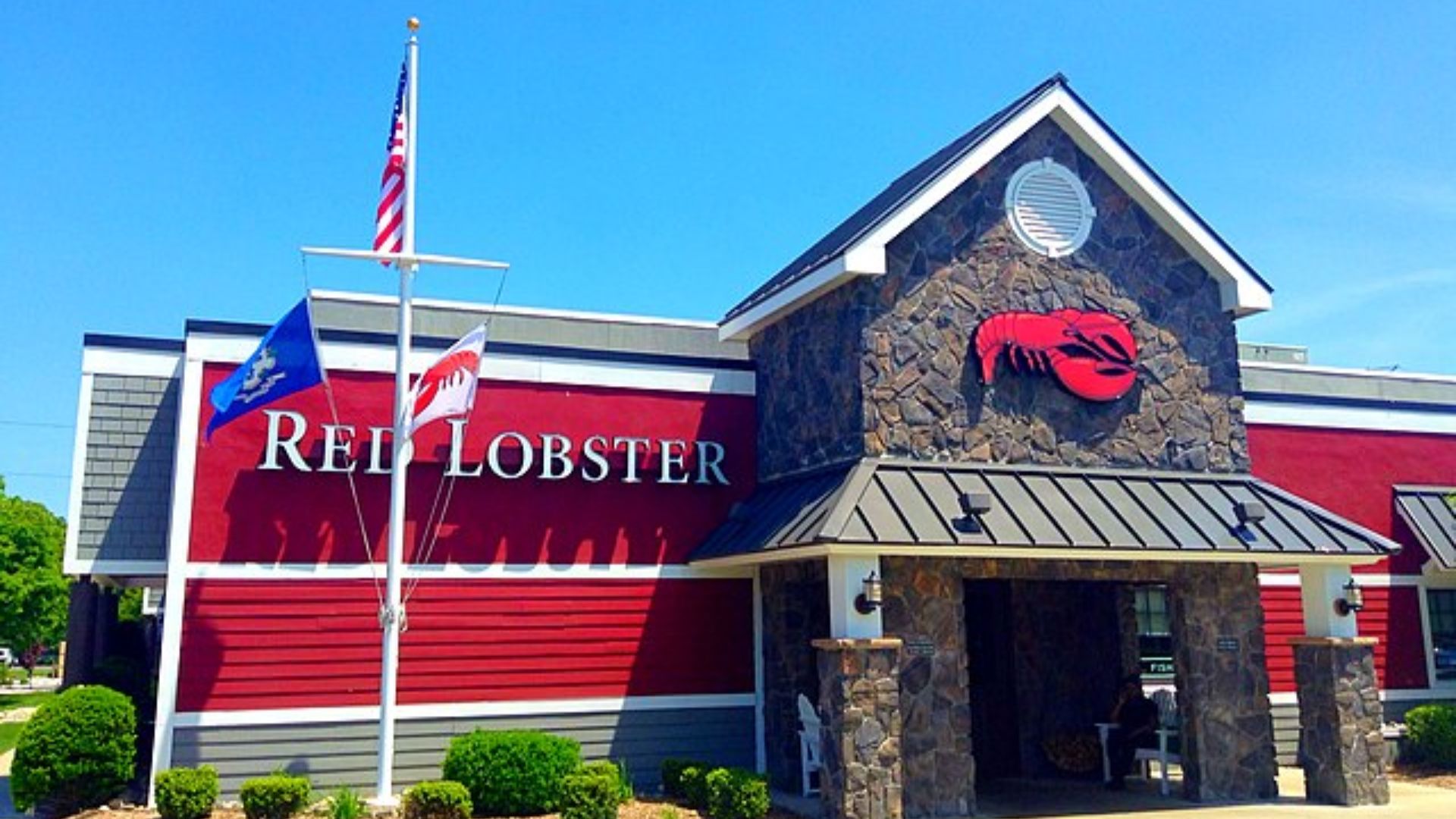
Source: Mike Mozart/Wikimedia Commons
Red Lobster filed for bankruptcy in May, shutting down almost 100 restaurants. Even more chains like Applebee’s, TGI Fridays and Boston Market have also closed down.
Other Chains' Futures Are Uncertain
Other restaurant chains are likely to file for bankruptcy, even if it is not set in stone.
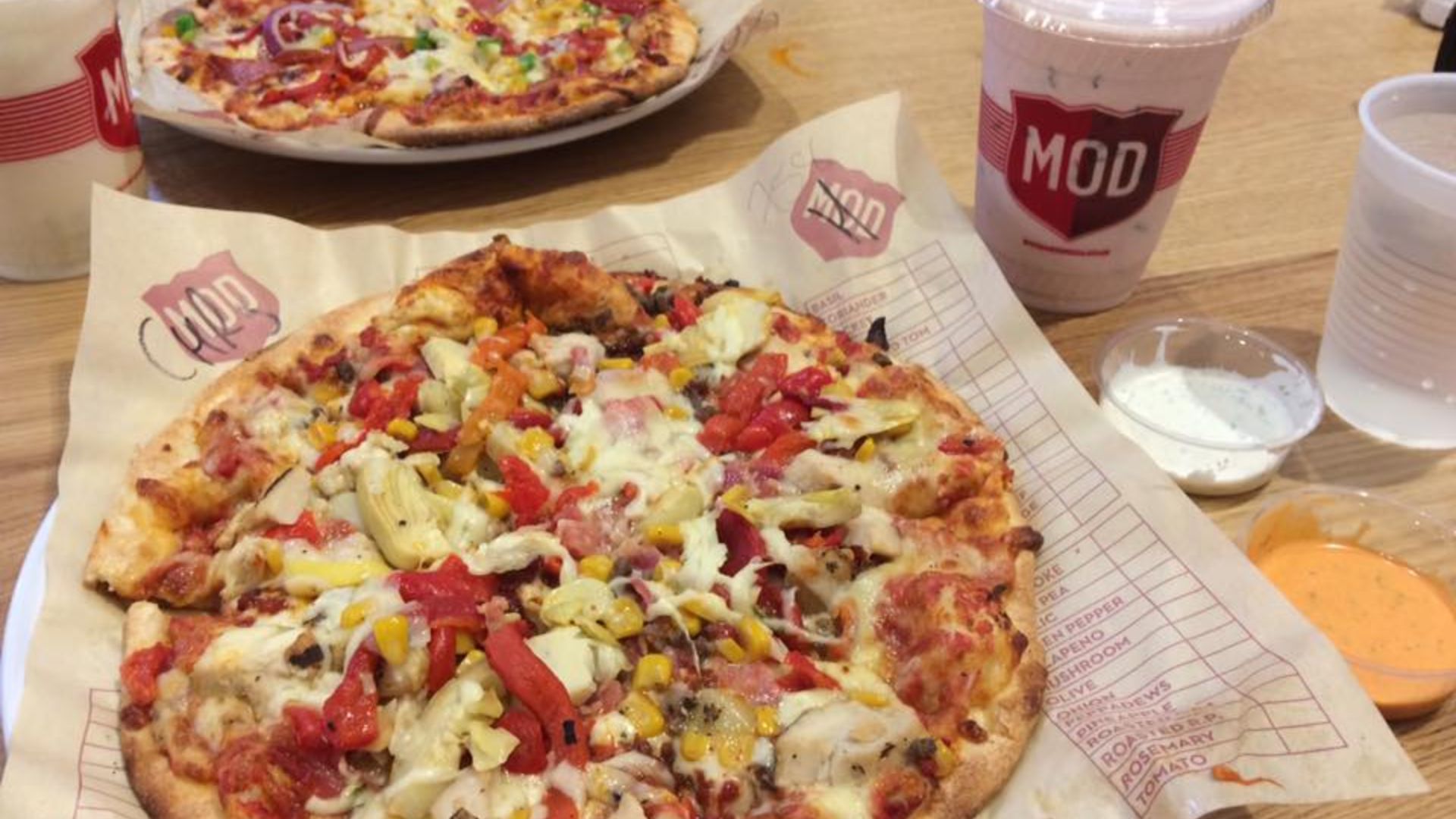
Source: Chris Cross/Facebook
Mod Pizza, a build-your-own pizza joint, shut down 26 locations during the first three months of this year. Despite being one of the fastest-growing chains in the country, Mod Pizza’s plans to set up more branches were dashed by closures and potential bankruptcy.
California Restaurants Going Under
Restaurant chains based in California are also suffering from high costs because they have nowhere else to go.
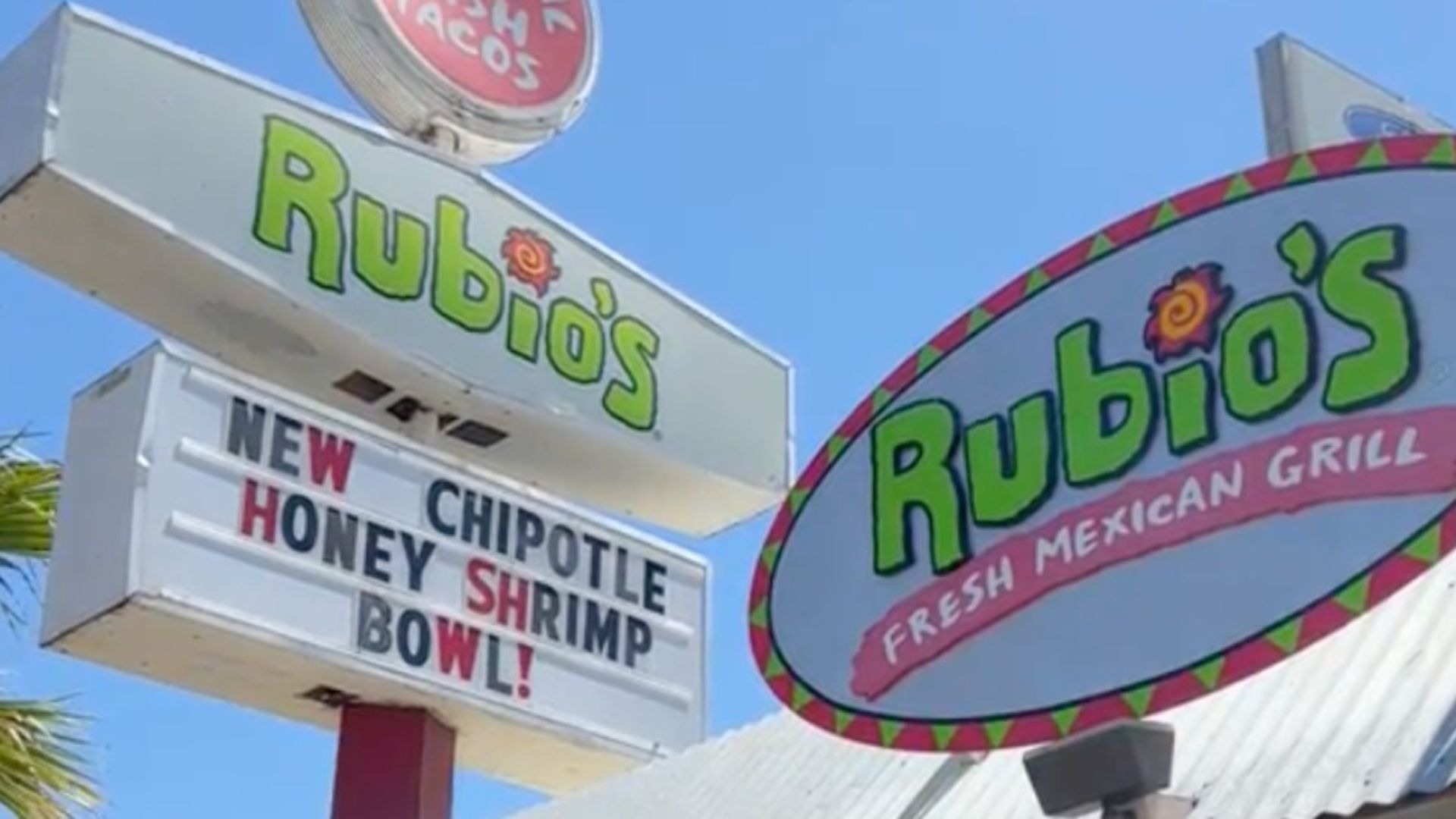
Source: Rubio's Coastal Grill/X
In June this year, Rubio’s Coastal Grill closed 48 of its California locations and also filed for bankruptcy. “While painful, the store closures are a necessary step in our strategic long-term plan to position Rubio’s for success for years to come,” said a Rubio’s spokesperson.
Industry-Wide Shifts to Value Deals
It’s not just Denny’s tightening the belt. Applebee’s launched a “Whole Lotta Burger” meal for just $9.99, echoing a broader movement among restaurants to offer more for less.

Source: Wikimedia Commons
Everyone’s trying to keep the customers coming through the door.
Fast Food’s Competitive Edge
The fast food scene is heating up with deals like Chili’s $10.99 burger meal — a direct challenge to pricier options like the Big Mac.
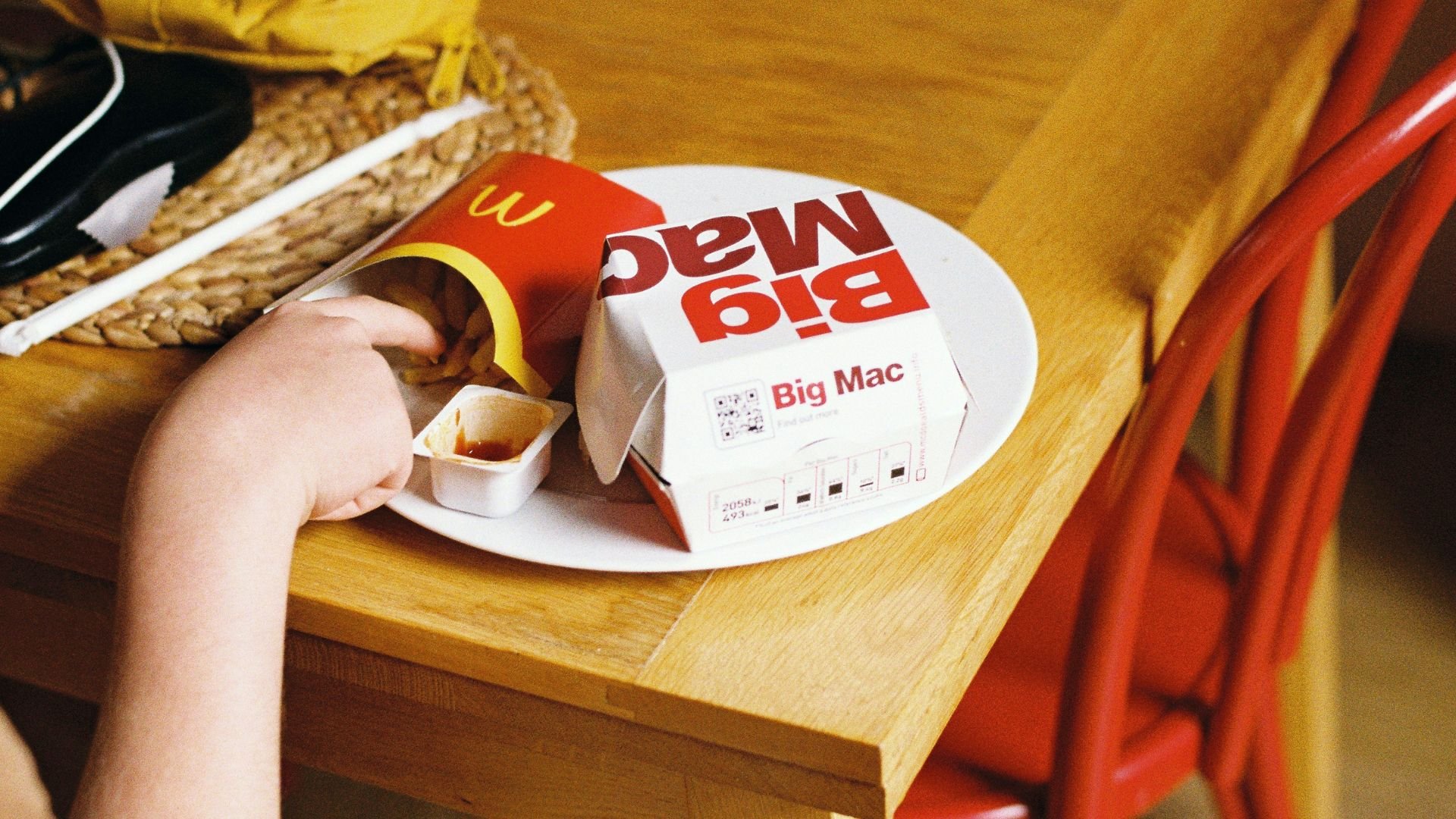
Source: Annie Spratt/Unsplash
As the dining landscape evolves, affordability is becoming the key battleground.
Different Consumer Habits
It is getting harder and harder for eat-in restaurants to stay afloat.
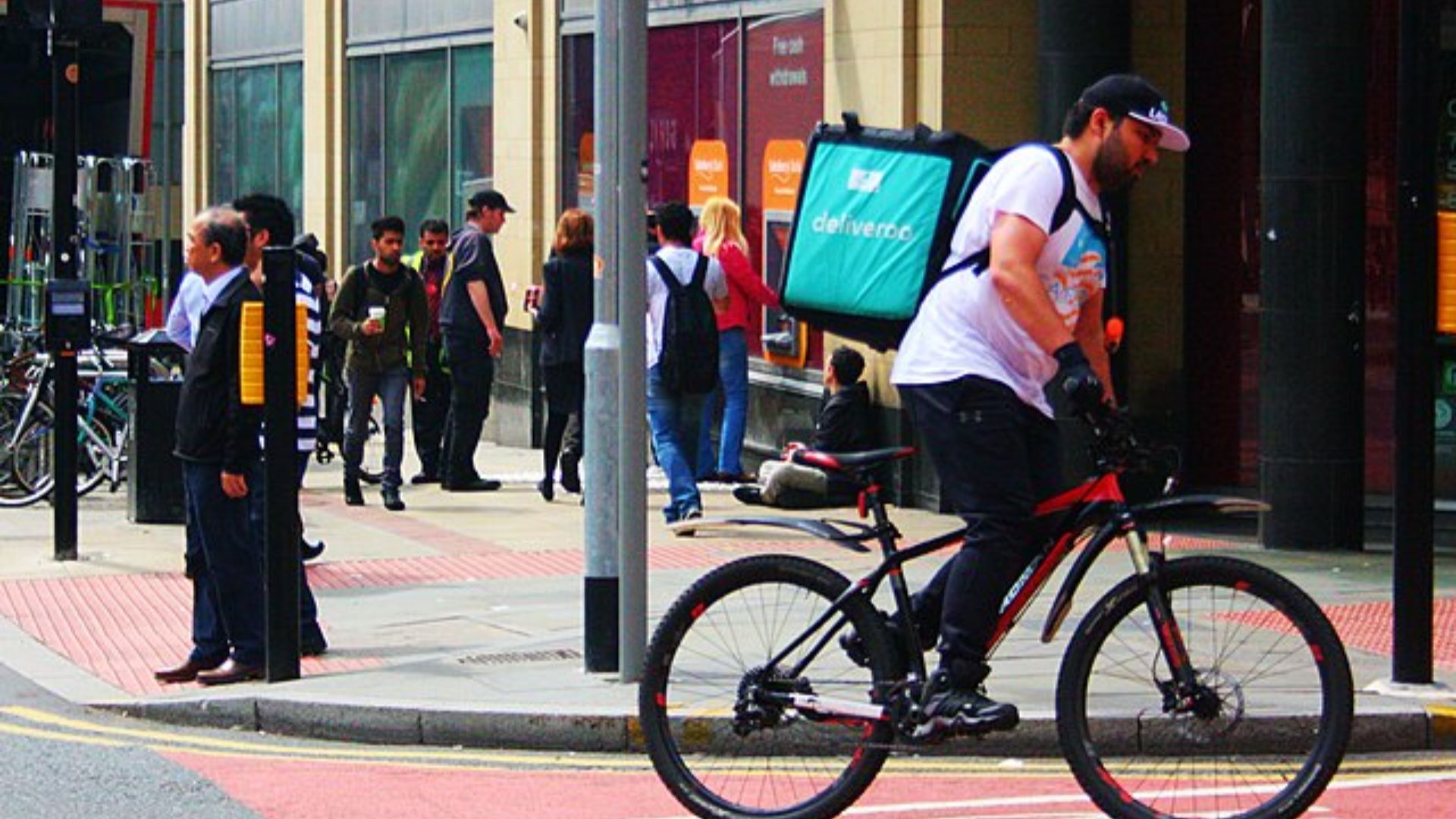
Source: Shopblocks/Wikimedia Commons
Since the pandemic, consumers prefer quick and convenient food over going to a diner. Nowadays, casual restaurants are less interested in restaurants and would rather have their food come directly to their homes.
Eat-In Diners Are Out
When it comes to convenient food, consumers want a wine-and-dine experience or a delivery to their homes.

Source: Miranda McDonald/Facebook
Dennis Gemberling, founder and principal of hospitality consultancy firm, Perry Group International, said “grab and go” food is taking center stage. This shift in consumer habits has left casual restaurants like Denny’s on shaky ground.
The End of Casual Dining
After the pandemic, customers started to go to casual diners on special occasions and got food delivered to their front doors for fast food.
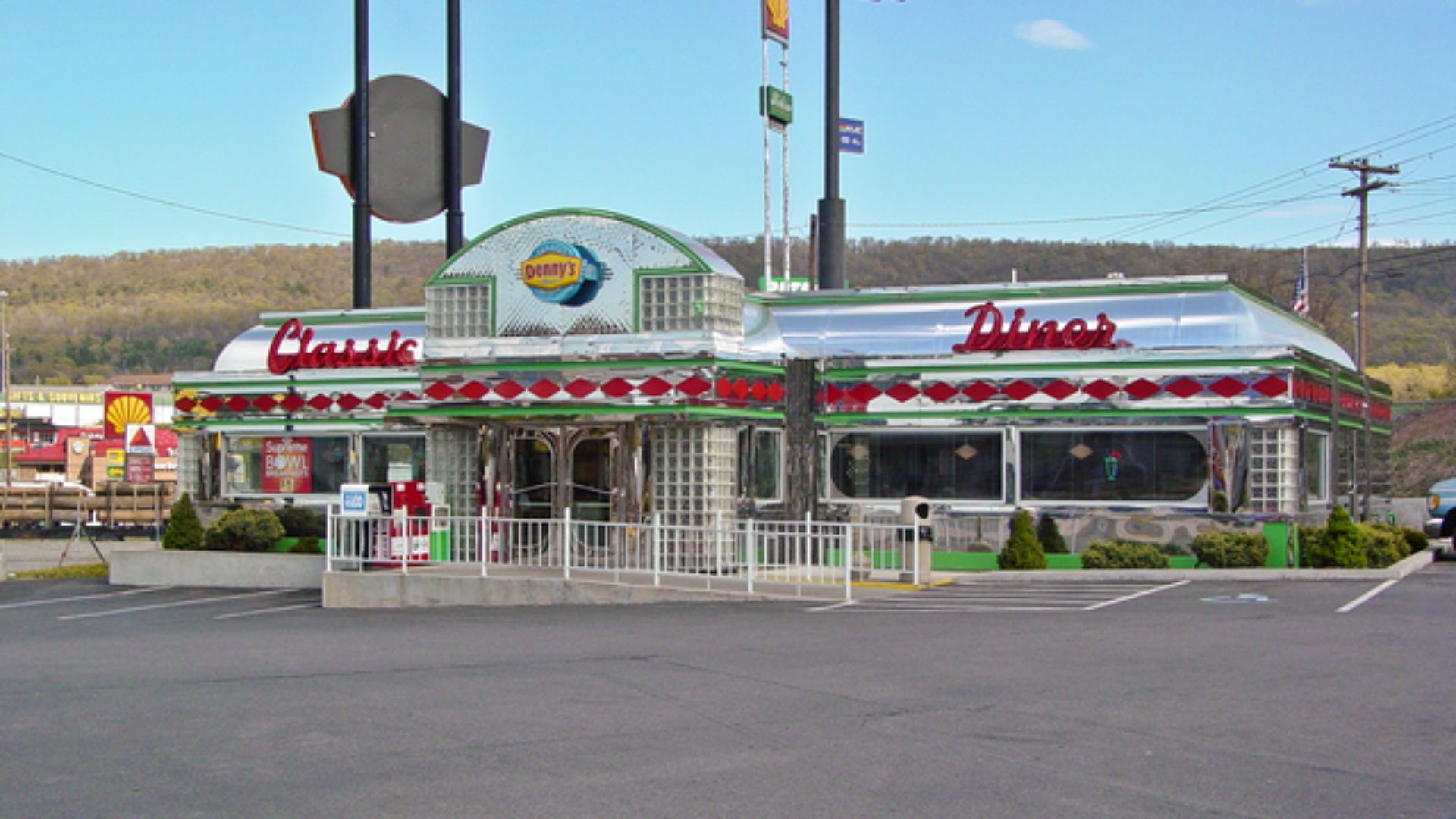
Source: Ben Schumin/Wikimedia Commons
Gemberling said: “I call it the demise of hospitality where everybody wants grab-and-go delivery. The whole market is starting to dwindle. Gone are the days of the Martini lunch.”
